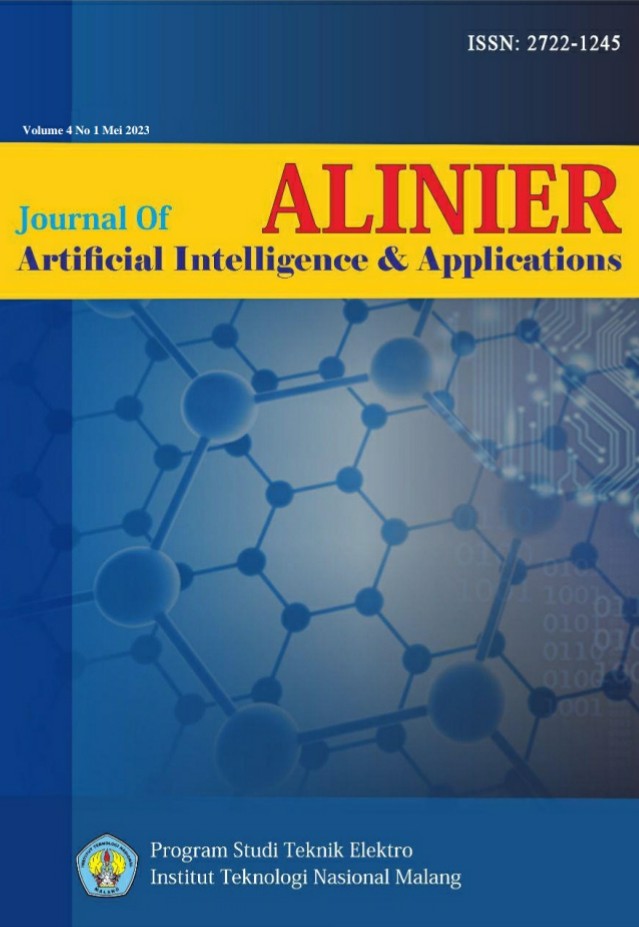Abstract
Rainfed rice fields are agricultural areas whose irrigation systems depend on the rainy season. In the dry season, agricultural areas are not planted. The villagers make a living in the agricultural area. During the rainy season, some people cultivate crops, and during the dry season, some people turn to entrepreneurs or work in cities. This went on for years, and to deal with it, farmers built wells and used fossil fuel engines to pump the water. According to the case found in Duri Village, Slahung-Ponorogo District, the right technology is needed, namely hybrid electric water pump technology. A solution to the problem of irrigating rainfed rice fields. Engineering a solar power plant using hybrid electricity is an alternative option that can be implemented. Based on the results of the evaluation of this solar panel design, it produces 200 Wp of energy with an optimum voltage of 21.1 volts and a maximum current of 9.0 A. The optimum average solar cell voltage is 20.42V when it is hot and the charging voltage is 14.3V DC current. On cloudy days, the average voltage is 19.20 volts, and the charging voltage is 13.60 volts. Sunlight capacity is 8 hours per day, with normal full exposure of about 5 hours/day. Based on the review of the findings, it is necessary to increase the power supply capacity to a greater extent.. fossil fuel engines, water pump technology
